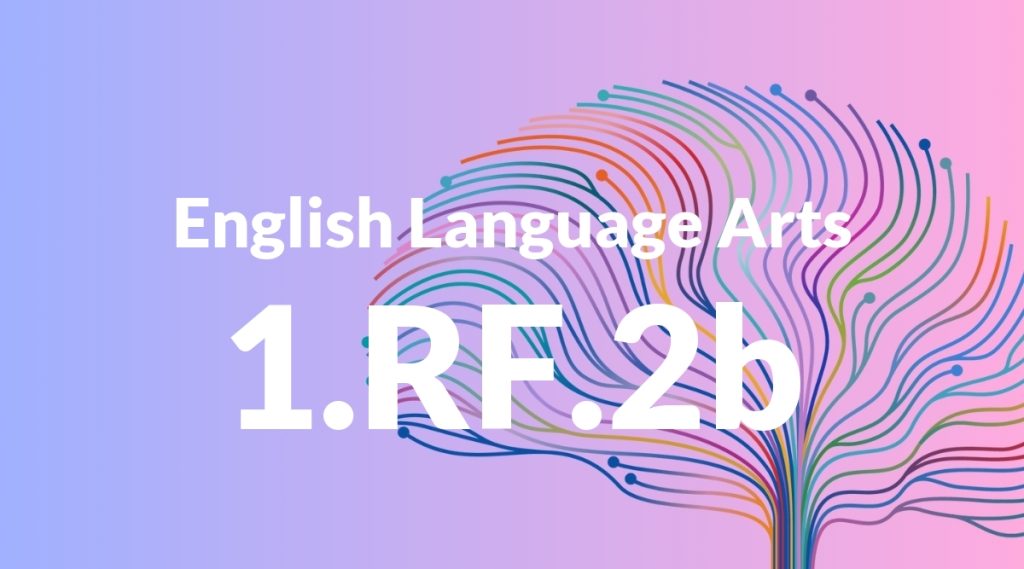Standard: 1.RF.2b – Orally produce single-syllable words by blending sounds (phonemes), including consonant blends.
Grade level: Grade 1
Subject: English Language Arts
Domain: Reading: Foundational Skills
Teacher Overview
This standard focuses on helping students develop the ability to blend sounds to form single-syllable words, which is a critical foundational skill for reading. Mastery of this skill will enable students to decode new words, enhancing their reading fluency and comprehension. Students should be familiar with identifying individual phonemes in spoken words and should recognize the letters that represent these sounds.
After mastering this standard, students will be able to read and write more complex words, leading to improved spelling and reading fluency.
Common Misconception 1
Some students may believe that blending sounds is merely saying each sound in a word one after the other without understanding that blending involves merging these sounds to form a cohesive word.
Intervention 1
Use multi-sensory approaches such as tapping out sounds with fingers or using blocks to represent each sound, then pushing them together to form the word.
Common Misconception 2
Students may struggle with differentiating between phonemes that sound similar, which can lead to confusion when blending sounds.
Intervention 2
Incorporate activities that focus on minimal pairs, allowing students to practice and hear the differences between similar sounds.
Prerequisite Knowledge
Students should be able to identify individual sounds (phonemes) in spoken words and recognize the letters that represent those sounds.
Subsequent Knowledge
Students will develop the ability to read and write more complex words, enhance their spelling skills, and improve overall reading fluency.
Instructional Activities
- Sound Blending Games
- Phonics Flashcards
- Reading Simple Books
- Listening and Repeating Exercises
- Educational Phonics Apps




